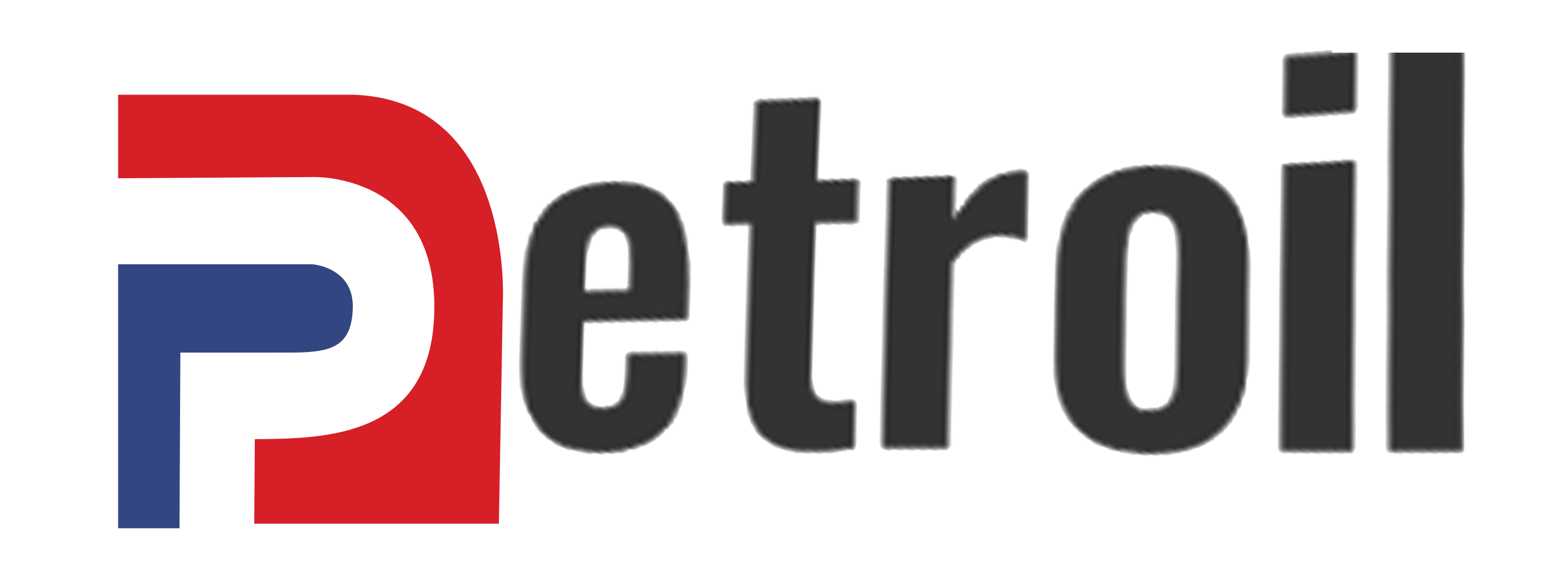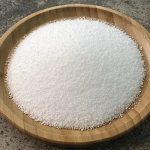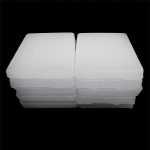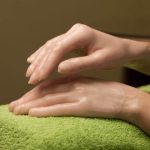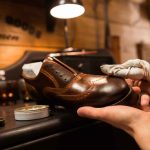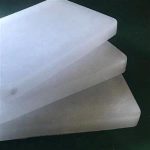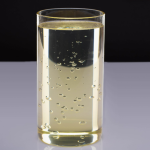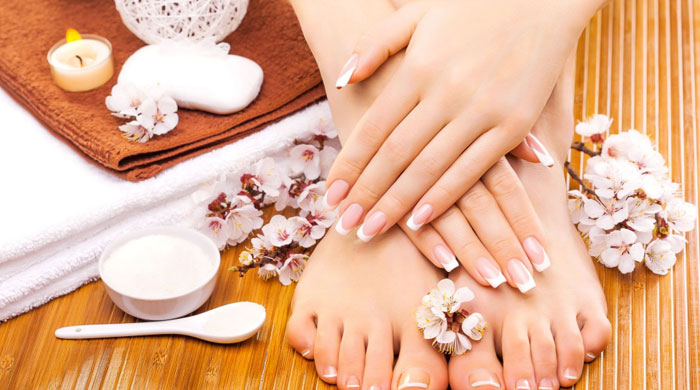
With paraffin therapy, soften your skin, reduce your joint pain, and bring relaxation to your body. In this specialized guide, read everything about the benefits, risks, device, training, and application areas of paraffin therapy.
What is paraffin therapy and why has it become so popular?
Paraffin therapy is a type of heat treatment that uses melted liquid paraffin to transfer heat to the surface of the skin and joints. This method was initially used in physiotherapy centers, pain clinics, and spas, but today it is even used
at home. Paraffin retains heat and covers the skin surface, increasing blood circulation, softening the skin, and relieving muscle and joint pain.
What is a paraffin therapy device and how does it work?
A paraffin therapy device is a specialized tool that melts paraffin at temperatures around 50 to 60 degrees Celsius. This device usually includes a heating container, temperature control buttons, a thermal safety system, and a
protective lid. The home-use versions are designed for hands, feet, or elbows, while larger industrial devices are available for salons.
The user dips their hands or feet into the melted paraffin repeatedly, creating a warm paraffin layer on the skin that traps heat and moisture on the skin’s surface. After a while, the paraffin easily peels off, leaving effects of softened
skin and pain relief.
Main features of paraffin therapy devices:
-
Precise temperature control to prevent burns
-
Ergonomic design for hand or foot placement
-
Easy to clean and simple to use
-
Suitable for therapeutic and cosmetic uses
Step-by-step guide to using paraffin therapy at home:
-
Pour paraffin into the device and turn it on.
-
Wait for the paraffin to fully melt (about 30 to 60 minutes).
-
Clean and dry the targeted area.
-
Gently dip your hand or foot into the melted paraffin.
-
Repeat dipping several times until a thick layer forms on the skin.
-
Cover the hand with a plastic bag and towel to retain heat.
-
After 15 to 20 minutes, gently remove the paraffin and discard it.
Benefits of paraffin therapy: Beyond beauty, real treatment
Paraffin therapy is not only for softening skin; many medical and care specialists use it as a complementary treatment. Some of its most important benefits include:
-
Deep moisturizing and softening of dry, cracked, and rough skin
-
Reducing joint pain and inflammation, especially in arthritis or rheumatism patients
-
Increasing localized blood circulation and accelerating skin cell regeneration
-
Relaxing muscles and reducing physical and mental tension
-
Natural exfoliation and aiding better absorption of creams and masks
Safety tips and contraindications for paraffin therapy
Although paraffin therapy is generally safe, it should be done cautiously or under medical supervision in some cases:
-
People with severe skin sensitivity
-
Open wounds or skin infections
-
Diabetic patients with reduced skin sensation
-
People with poor circulation or specific heart conditions
-
Excessive use may cause skin dryness; it is better to use 1–2 times a week
Application areas of paraffin therapy: Not just for hands!
Many think paraffin therapy is only for hands, but its uses are much broader:
-
Hands: for softening skin, relieving dryness, cracks, and finger arthritis
-
Feet: suitable for cracked heels, dry soles, and improving blood flow
-
Elbows and knees: to relieve joint pain, stiffness, and dryness in these areas
-
Face (with caution and special equipment): for dry and dull skin, with temperature control
-
Wrists and arms: used in physiotherapy to reduce tendon inflammation
Conclusion
Paraffin therapy is a versatile treatment and care method that is easy to perform, whether in beauty salons, physiotherapy clinics, or at home. By knowing the correct usage, choosing the right device, and following safety tips, you
can enjoy its numerous benefits.

